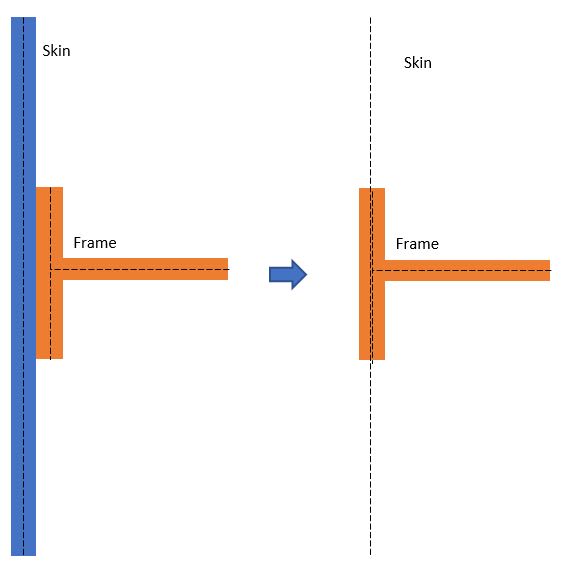sarclee
Mechanical
- Jan 14, 2022
- 105
Hello, want to check in airframe assembly such as fuselage modeling, how do you handle the connection between the skin, frame or longeron? Just to merge them or using rigid element connector?
If we merge the frame to the skin, are we still model all parts as midsurface? There will be gap between parts, right?
If we merge the frame to the skin, are we still model all parts as midsurface? There will be gap between parts, right?


